How To Pick Your Pans - Buying Guide
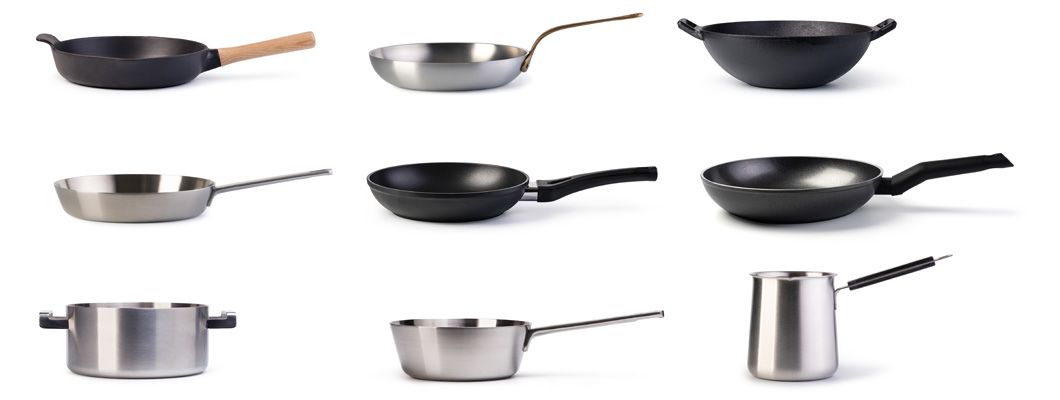
Pots and pans are key components of any commercial kitchen. Whether you want to kick up a storm with a fantastic new meat recipe, or are gently simmering a warm festive soup, having the right pan to hand will save you time. For example, if you want to quickly zap a steak under high temperatures, you need something that will heat up rapidly. With our extensive range of pots and pans, it can often be a difficult choice knowing which one is best suited for your needs. Here’s a guide to aid with your decision-making process.
High-quality materials
One of the most important things to consider is the material that your pan is made from. Different metals have a variety of different uses, but they should all be of the highest quality – particularly in a commercial kitchen where they will be heavily used. You should be able to rely on your pans producing consistent results time and time again. Let’s talk you through the different metals available.
Aluminium Pans
These are the most common type of pan, both in domestic and commercial kitchens. Aluminium is an economic and robust metal that tends to conduct heat pretty well. You will notice it being used mainly for boiling pots, where the relatively low cost of the metal makes it suitable for larger items. Look for aluminium pans with a thicker base as these will help to spread the heat, as opposed to cheaper thin bases which will encourage the heat to escape.
Stainless Steel Pans
Our range of stock pots and saute pans are made from stainless steel rather than aluminium, mainly because the stainless steel doesn’t react with acidic or alkaline foods (such as fruit). Food cooked within stainless steel pans is also less likely to stick to the pan, which makes them a very versatile piece of equipment. Stainless steel is made from a mixture of metals, which means that these pans are very strong and don’t tarnish – a great all-rounder for the commercial kitchen.
Cast Iron Pans
Heavy-duty cast iron pans are more commonly used for serving piping hot meat dishes at the table. They are also used within the kitchen to sizzle meat and vegetables, as they can withstand extremely high temperatures. Cast iron pans are a much more traditional way of cooking, but effective nonetheless. They are quite heavy pans, which is the main reason modern stainless steel pans take preference.
Copper Pans
Copper is a great conducting metal, and copper pans are therefore very popular within a busy commercial kitchen. The metal can reach high temperatures in a short amount of time, increasing the efficiency of the kitchen. Copper is a reactive metal, so instead of the inside of the pan also being copper, this is often stainless steel nowadays. You do need to be careful of the handles too, as these are often much smaller and are usually made from solid metal.
Non-stick Pans
Non-stick frying pans are a standard piece of equipment in any kitchen. They have a wide range of uses and are great for frying vegetables and tender pieces of meat. Their non-stick property means you don’t need to use as much oil to prepare the food, making them a healthy choice. One thing to remember is to only use plastic utensils, because metal can react with the Teflon coating, reducing its unique properties.
Tri-wall Pans
Tri-wall pans give the illusion of being a normal stainless steel or aluminium pan but they are actually a combination of the two metals. Our tri-wall pans have an aluminium thermocore sandwiched between two sheets of stainless steel. This enables the pan to evenly distribute heat, as opposed to having a core hot spot in the centre of the pan (directly above the flame).
Types of Pan
Of course, once you’ve decided on the metal you would like your pan to be made from, you also need to consider what type of pan you require. There are many different types and choosing the correct one will help speed up processes within your busy commercial kitchen. Here are the most common pan types:
- Frying pans – these tend to be shallow with a wide surface area, allowing high volumes of food to be cooked quickly. The curved sides also make them great for pouring food onto a plate, as it simply slides off.
- Saucepans – these come in a variety of sizes with different uses. Saucepans are great for bringing liquid to the boil and are commonly used to steam or boil vegetables.
- Saute pans – similar to frying pans, saute pans have slightly higher sides to stop food flicking out when the pan is moved. They allow for quick temperature changes to brown food without burning it.
There are also lots of different specialist pans on the market too, depending on your requirements. Whether you have paella on the menu and want to ensure all the flavours are absorbed into the rice, or if you want to quickly whip up some crepes for dessert, we have a huge selection for you to choose from.
Don’t forget to look after your pots and pans too, in order to increase their longevity. One key thing to remember is not to put cold water into a hot pan, as this can singe the bottom of the pan. Also, make sure your pans are dry before putting them away, to avoid both rust and a smeared finish. Most pans can be washed in a dishwasher now, but be sure to check the product instructions first, just to be safe!
When choosing new pans for your commercial kitchen, pay attention to the hobs that you currently have in place. As @targetcatering mentioned recently, ‘induction technology is the key to saving energy in your commercial kitchen’. Whilst the right pan can work wonders, there is no point in purchasing expensive copper-conducting pans if your hobs are not efficiently heating up to high temperatures. Feel free to contact us today for more information on how we can help supply the right pans for your commercial kitchen.

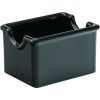
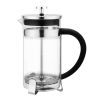
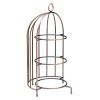
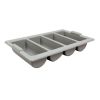

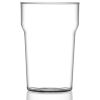

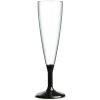


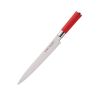


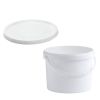
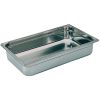
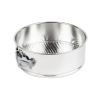
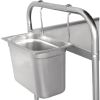
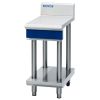
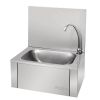
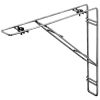
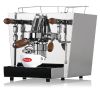
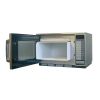
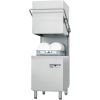
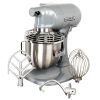
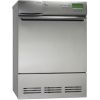

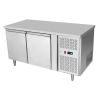
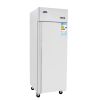
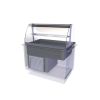
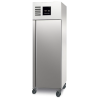

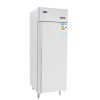


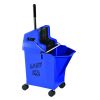

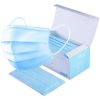



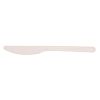

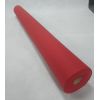
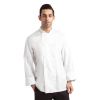
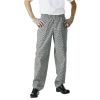
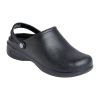
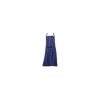
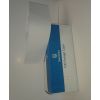

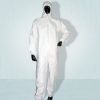
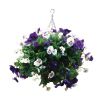
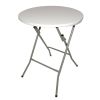
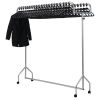
Leave a Comment